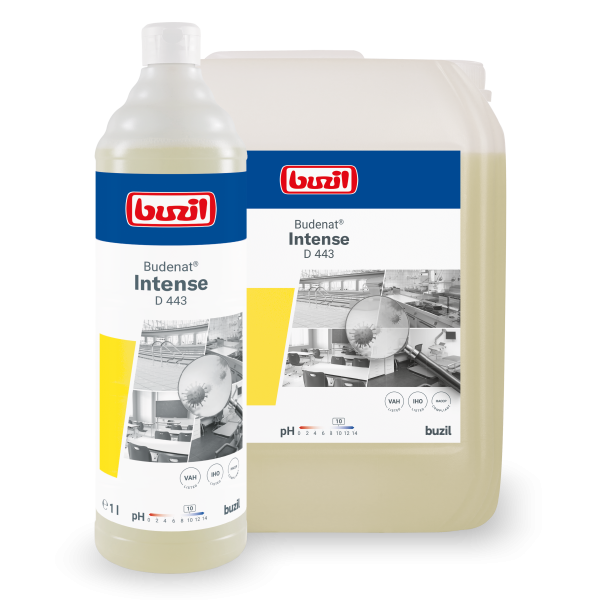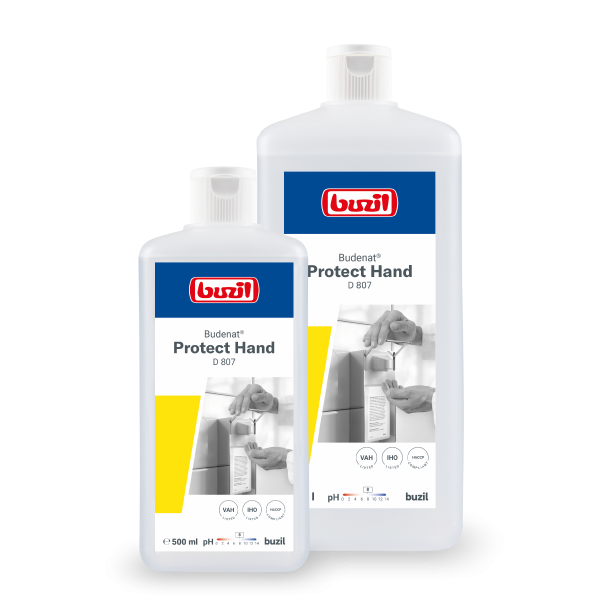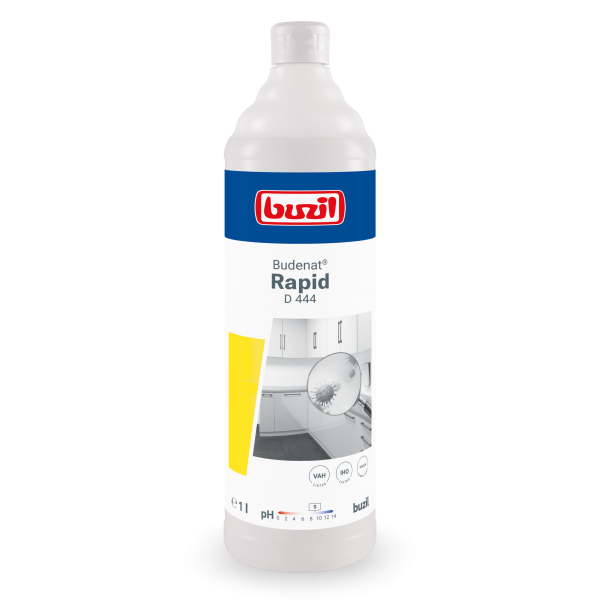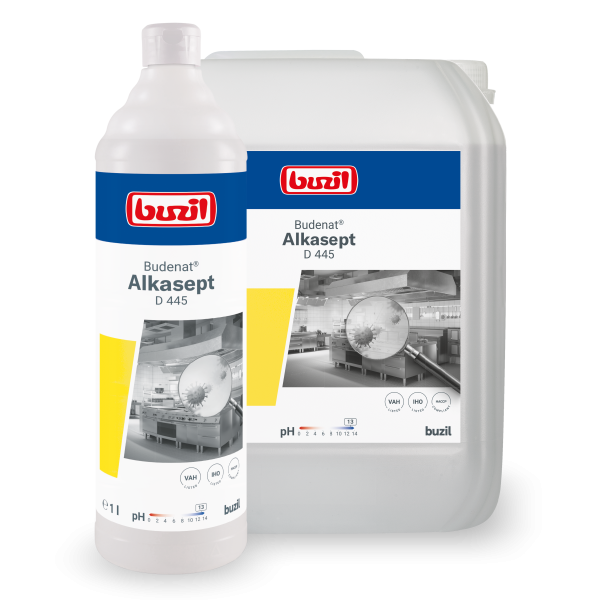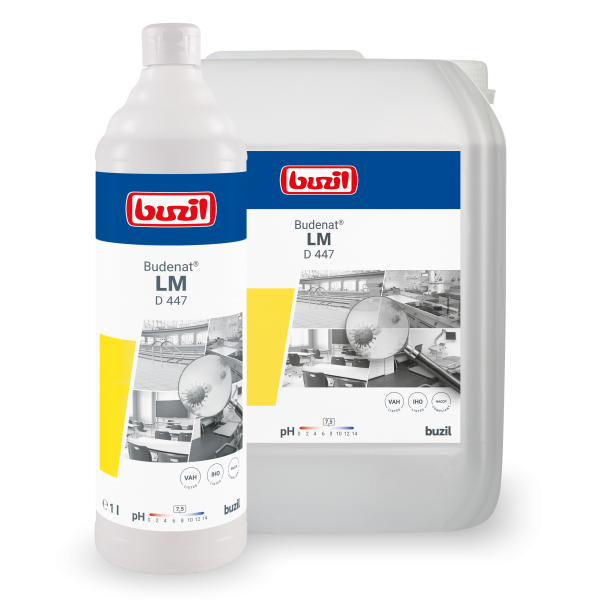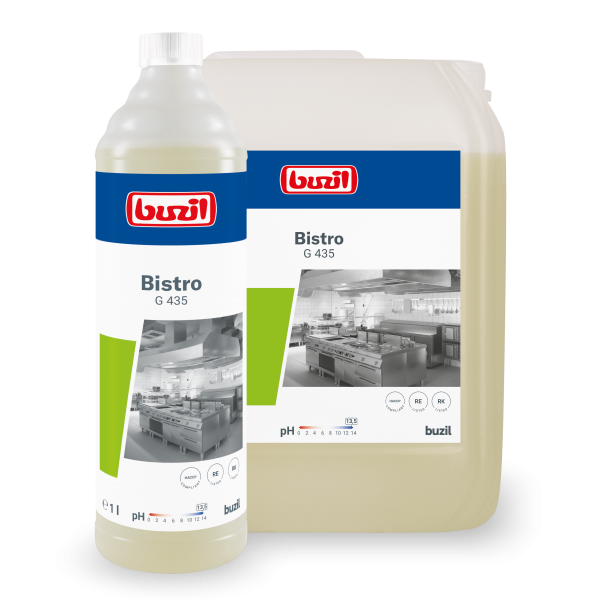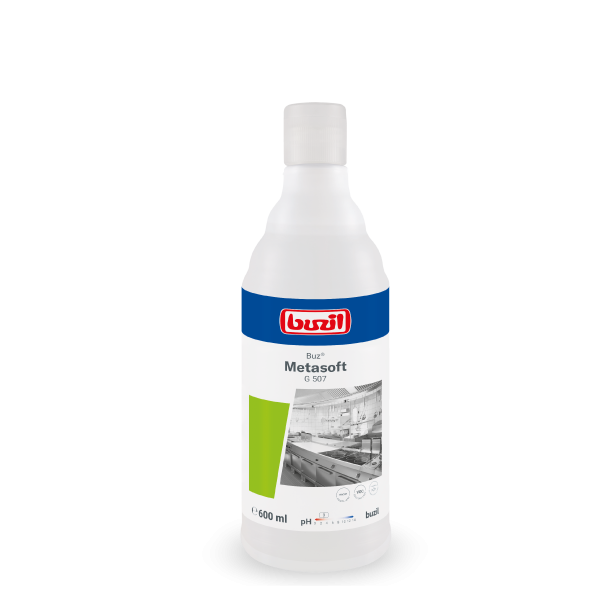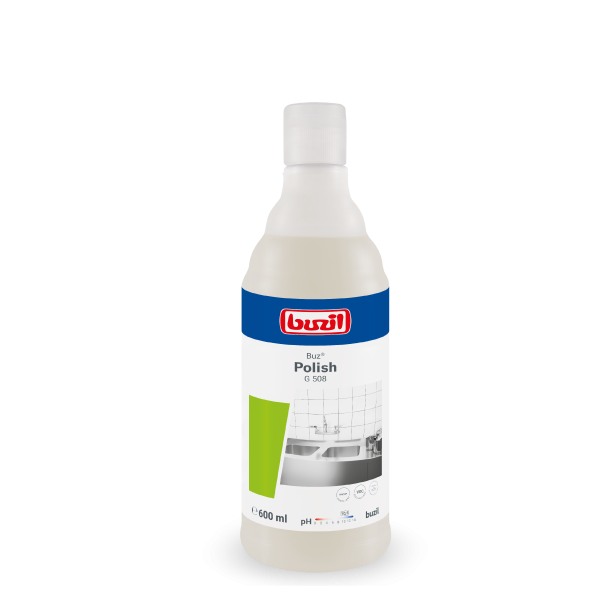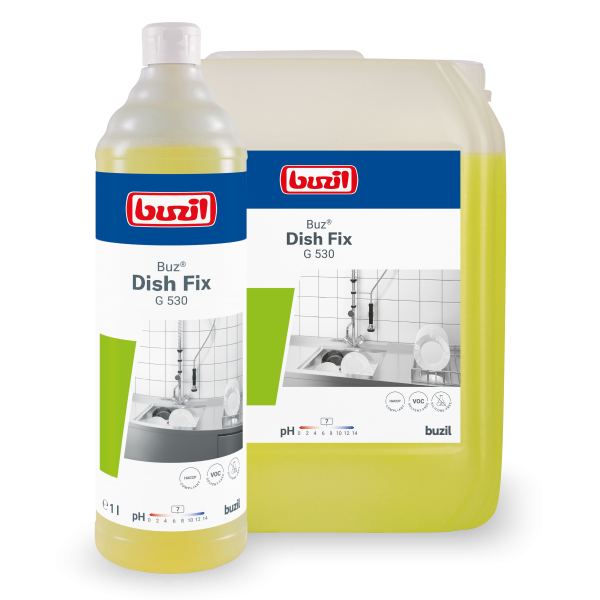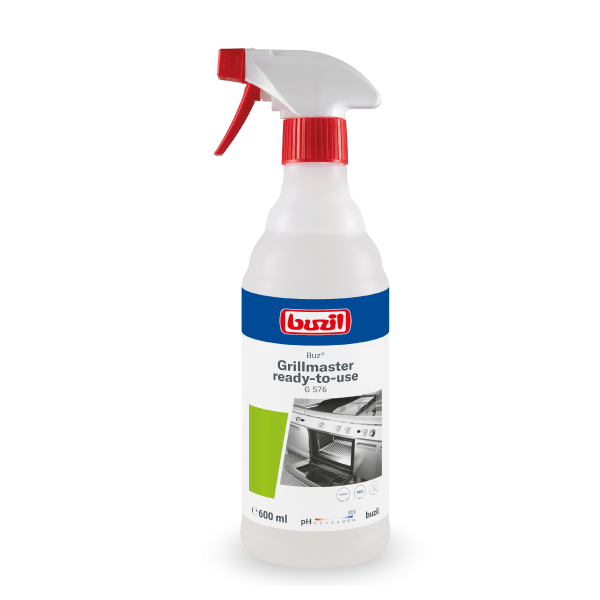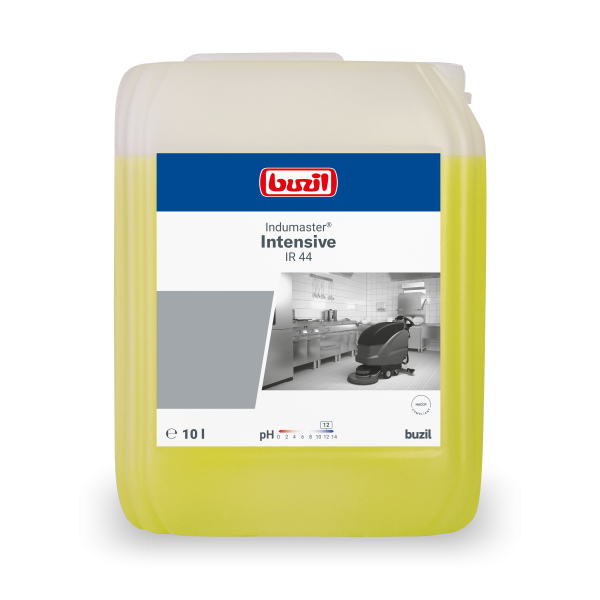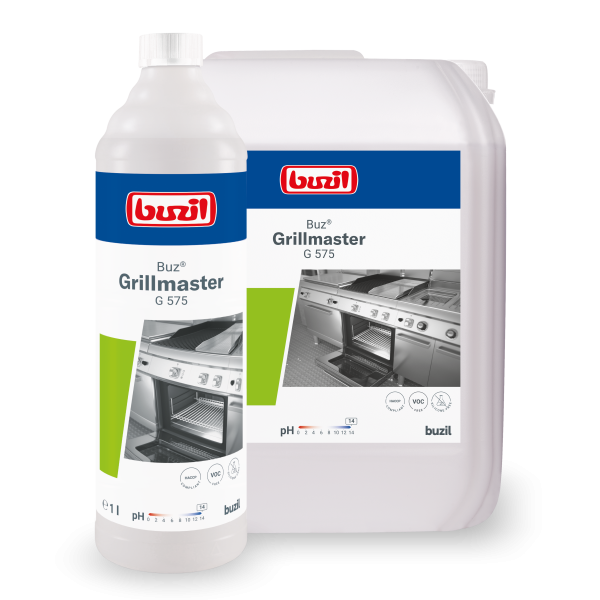Utilization
Soiling
-
Microbes (bacteria, viruses etc.)
Material compatibility
-
Enomer
-
Granite
-
Linoleum | uncoated
-
Slate
-
Travertine
-
Chrome
-
Copper
-
Sandstone
-
Laminate | Click
-
Ceramic tiles
-
Lacquered surface
-
Table linoleum
-
Basalt
-
Stainless steel
-
Aluminium | powder-coated
-
Enamel
-
Brass
-
Plastics
-
Belgian granite
-
Gneiss
-
Shell limestone
-
Quartzite
-
Gabbro
-
Porcelain stoneware tiles
-
Rubber | textured
-
Quartz vinyl
-
Rubber | smooth
-
Wooden floor | sealed
-
Concrete stone and terrazzo | calcareous
-
Concrete stone and terrazzo | non-calcareous
-
Gabbro | Nero Assoluto
-
Polyurethane sports halls | uncoated
-
Washed concrete
-
Rubber sports / multi-purpose halls | uncoated
-
Linoleum | PU seal
-
Linoleum | coated
-
Green sandstone | Anröchter stone
-
PVC | PU seal
-
Safety tiles
-
Polyolefin
-
Cast stone and terrazzo | bitumen-bound
-
Wood surface | sealed
-
Cork flooring | sealed
-
Marble and Jurassic
-
Linoleum sports / multi-purpose halls | coated
-
Linoleum sports / multi-purpose halls | uncoated
-
PVC | homogeneous
-
PVC sports / multi-purpose halls | coated
-
Solnhofer plates
-
PVC | heterogeneous, multilayer
-
Design vinyl
-
Resopal
-
Aluminium | indoor
-
PVC safety flooring
-
Synthetic resin filler coverings
-
PVC composite decking
-
Conductive floor coverings
Product Information
- Cleaning and disinfection in one step
- Effective against bacteria, yeasts and enveloped viruses
- Spectrum of activity: bactericidal, yeasticidal, limited virucidal
- Short exposure times
- Low dosage
- Even with a heavy organic load
- VAH and IHO listed
- Aldehyde-free
- QAC-free
- Meets the requirements within the framework of an HACCP concept
Area of application
- for surface disinfection in public institutions, in the food industry and in the food processing industry, as well as in the kitchen area and in the healthcare sector, etc.
- for the entire sanitary, wet and swimming pool area
- all water-resistant materials, surfaces and floor coverings
Application and dosage
- Recommended use for surface disinfection (spectrum of effects/exposure times):
- bactericidal, yeasticidal – VAH / EN 13697: high load, with mechanics 5 min. 5.0 %
- limited virucidal – EN 14476: high load 15 min. 2.0 %
- First remove coarse dirt from the surface.
- Then wet the surface with an appropriately concentrated application solution.
- Let it dry or rinse after the exposure time has elapsed.
-
200 - 500 Millilitre / 10 liter Water
-
200 - 500 Millilitre / 10 liter Water
- Apply fresh application solutions and consume them within 24 hours at the latest.
Note
- Active ingredients: 100 g contains: 7.5 g of bis(3-aminopropyl)dodecylamine.
- Surfaces that come into contact with food or the skin must be rinsed with drinking water after disinfection.
- Absorb unintentionally released product with liquid-binding material (sand, diatomaceous earth, universal binder).
- Use biocides safely. Always read the labelling and the product information before use.
- Do not allow the product to enter the sewage system or water bodies undiluted.
- Contribute emptied packaging to recycling.
- Recommended storage temperature: 5 - 25 °C.
- Consume opened containers within 9 months.
- Changes or variations in colour of the product do not impact on the quality. The product image may differ in colour and shape from the original.
- Commercial use only
Tips and tricks
Stripes and/or film on the surface
Rinse thoroughly with clean water
Surface damage (discoloration, swelling of material, etc.)
check chemical and water compatibility
no cleaning performance
choose a disinfectant cleaner, e.g. Budenat® Alkasept D 445; adjust product dosage
Environmental Information
Proportion of easily degradable ingredients
100 %
Phosphorus content
0 mg/g
Palm oil-based raw materials - RSPO-certified share
100 %
The proportion of easily degradable ingredients refers to the proportion of organic ingredients that are defined as “easily biodegradable” according to OECD 301 or Detergent Regulation (EC) No. 648/2004. The value of the phosphorus content refers to elemental phosphorus. Palm oil is an important renewable source for the production of raw materials. The Roundtable on Sustainable Palm Oil (RSPO), founded in 2004, promotes sustainable cultivation methods for palm oil. This results in a certification system and the possibility of declaring raw materials as “RSPO-certified”.
Sales units
- D443-0001RA: 12 x 1 l bottle
- D443-0010RA: 1 x 10 l canister
Classification according to CLP
Danger marking
Danger
Hazard information
- H314: Causes severe skin burns and eye damage.
- H400: Very toxic to aquatic life.
- H411: Toxic to aquatic life with long lasting effects.
Safety instructions
- P273: Avoid release to the environment.
- P280: Wear protective gloves/protective clothing/eye protection/face protection.
- P303+P361+P353: IF ON SKIN (or hair): Take off immediately all contaminated clothing. Rinse skin with water or shower.
- P305+P351+P338: IF IN EYES: Rinse cautiously with water for several minutes. Remove contact lenses, if present and easy to do. Continue rinsing.
- P310: Immediately call a POISON CENTER/doctor.
- P501: Dispose of contents/containers in accordance with local and national regulations.
Download area
- Operating instructions
- Safety Data Sheets
- Technical Data Sheets
- Environmental Information
- Association for Applied Hygiene (VAH)

